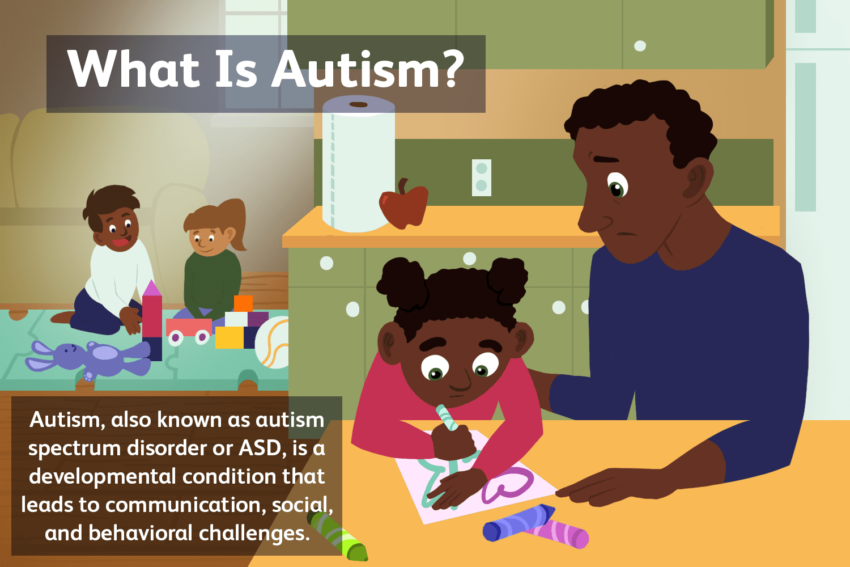Understanding Autism Symptoms: A Comprehensive Guide
Autism Spectrum Disorder (ASD) is a neurodevelopmental condition that affects how individuals perceive the world and interact with others. It is called a “spectrum” because it manifests differently and with varying degrees of severity in each individual. Early recognition of symptoms is crucial for timely intervention and support. This article outlines the key symptoms of autism across different age groups and highlights the importance of early diagnosis.
Core Symptoms of Autism
Autism symptoms generally fall into two main categories: challenges with social communication and interaction, and restricted or repetitive patterns of behavior, interests, or activities.
1. Social Communication and Interaction Difficulties
Individuals with autism often experience challenges in social settings, which may include:
- Difficulty with verbal and nonverbal communication: Trouble understanding tone of voice, facial expressions, or body language.
- Challenges in developing and maintaining relationships: Difficulty making friends or engaging in typical back-and-forth conversations.
- Lack of eye contact: Avoiding or not maintaining eye contact during conversations.
- Limited use of gestures: Rarely using gestures like pointing, waving, or nodding.
- Delayed speech or language development: Some individuals may not speak at all, while others may have limited or unusual language use.
2. Repetitive Behaviors and Restricted Interests
Many individuals with autism display behaviors or interests that are repetitive or intensely focused:
- Repetitive movements: Hand-flapping, rocking, or spinning.
- Strict routines: Distress at small changes in routine or environment.
- Highly focused interests: Intense interest in specific topics or objects, often with deep knowledge.
- Sensory sensitivities: Overreacting or underreacting to sensory input like lights, sounds, textures, or smells.
Symptoms by Age Group
In Infants and Toddlers:
- Limited eye contact
- Lack of response to name by 12 months
- No babbling or pointing by 12 months
- No single words by 16 months or two-word phrases by 24 months
- Limited interest in interacting with others
In School-Aged Children:
- Difficulty making friends or engaging in imaginative play
- Trouble understanding social rules or sarcasm
- Unusual speech patterns (e.g., echolalia or overly formal language)
- Fixation on specific subjects or routines
In Adolescents and Adults:
- Challenges in maintaining peer relationships or romantic partnerships
- Ongoing difficulty understanding social cues
- Anxiety or depression stemming from social difficulties
- Desire for routine and predictability in daily life
When to Seek Help
If you notice consistent signs of autism, especially in early childhood, it’s important to consult with a healthcare provider or developmental specialist. Early diagnosis and intervention can significantly improve outcomes by providing strategies to support communication, learning, and social interaction.
Conclusion
Autism is a lifelong condition, but with the right support, individuals with ASD can lead fulfilling lives. Recognizing the symptoms early and understanding the spectrum of behaviors helps create a more inclusive society where neurodiversity is understood and respected.


